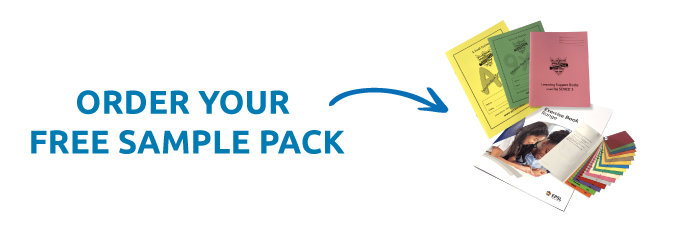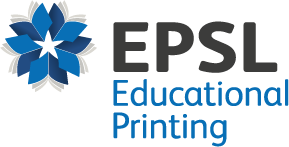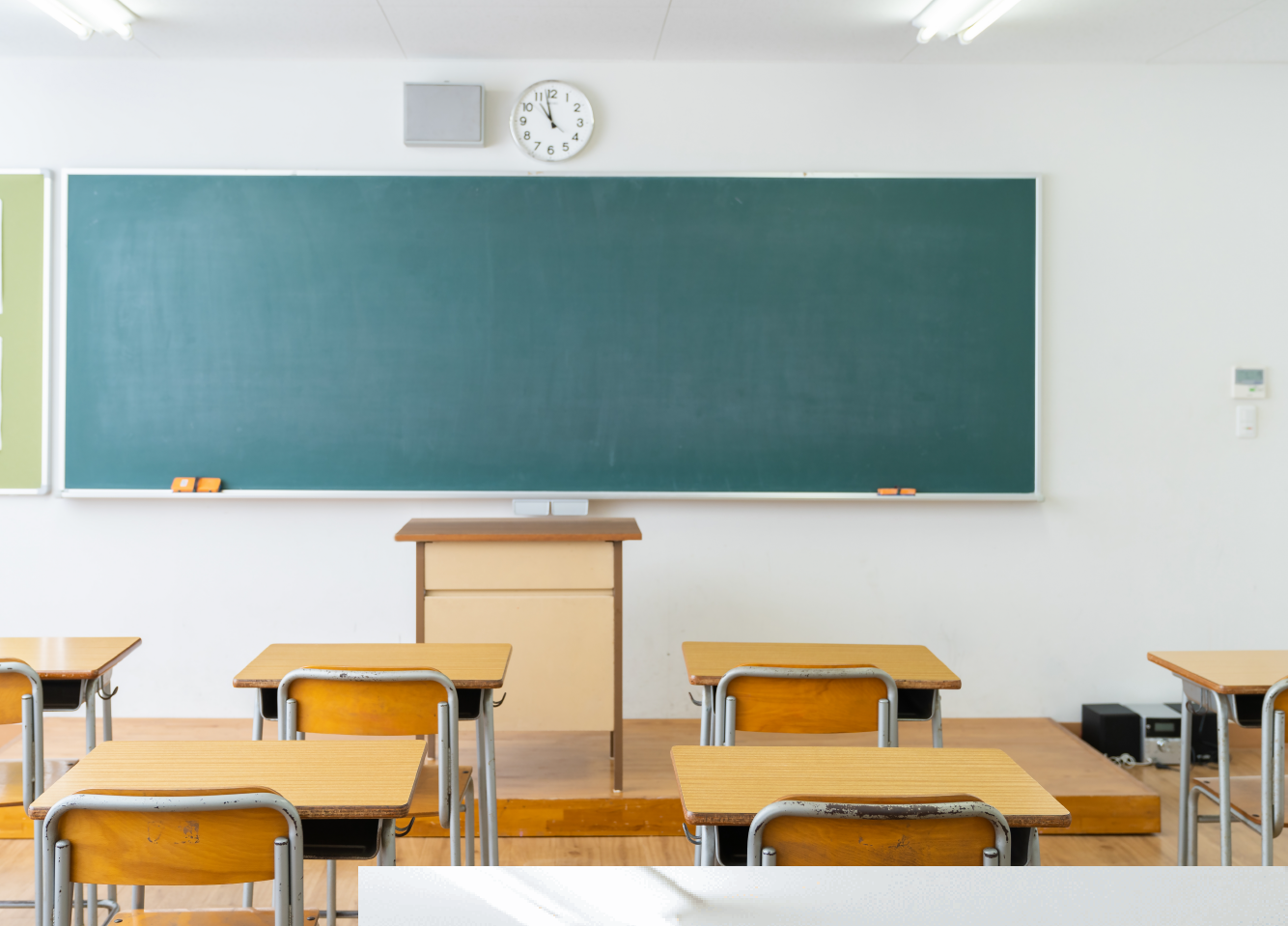At EPSL, we know that means creating a space conducive to learning with the useful resources and classroom materials, such as high-quality, personalised exercise books and supplementary reading materials. However, it’s equally important to fostering an atmosphere that encourages collaboration, creativity, and critical thinking. It ensures that students feel safe and comfortable and have access to the support and guidance they need whenever they need it. Prioritising these elements can help you create a learning environment that encourages your students' growth, development, and success – both in the classroom and throughout life.
Now we've discussed what a positive learning environment looks like, let's explore some practical ways to incorporate these practices in your classroom for a happy, healthy and, most importantly, positive learning environment everyone will be excited to be a part of!
Foster positive and meaningful relationships with your students
Building positive relationships with students starts on the first day of the school year. Starting on the right foot is essential as it sets the tone for the rest of the year - first impressions are everything, after all. One good way to start a great relationship with your students is to greet them every morning as they enter your classroom. Ask them about themselves and make an effort to get to know them and make them feel seen. This will help you to build rapport with them. Students are far likelier to engage and appreciate a teacher they can trust and confide in.
Encourage collaboration amongst your students
After building positive teach-student relationships, you can work on building relationships among the students through collaboration. To make sure your students get the most out of the opportunity, make sure they understand their objectives and the reasons for the partnership.
Based on your pre-existing relationship with your students, you'll be able to place them in groups with varying skills, interest levels and commonalities so everyone can work together and contribute to the project. This will foster practical working relationships, friendships and mutual respect amongst students – all of which contribute to a healthy classroom environment and boost class morale.
Set clear rules and boundaries for classroom behaviour
Everyone benefits from having a well thought out set rules to follow, especially in school. It provides structure and ensures everyone is treated fairly and equally. So setting those boundaries with your students at the beginning of the year is essential, it’s best practice to have them ready and prepared before the year begins so you can dive right in.
It’s always a good idea to make sure your rules centre around positivity and respect in the classroom and focus on positive rather than negative behaviour. Keep them concise and easy to remember so they're digestible for your students.
Always find time for feedback
Finding time for feedback allows you to further connect with your students. For the most positive atmosphere, it's best to provide individual feedback to each of your students, so you can learn what they're excelling at and exactly what they're struggling with and why. This type of open communication will also allow your students to confidently address any of their concerns with you instead of keeping them to themselves. Individualised feedback helps every student to feel seen!
As well as providing personalised feedback to your students, it's equally important that you create a space in which your students feel comfortable providing you with feedback so you can better create an environment they feel happy. Students who feel their voices are heard by their teacher are also more likely to actively contribute to class discussions and lessons. This will help them build confidence and make the subject matter more engaging and beneficial for learning.
Make time to make the environment fun!
For a classroom environment to be truly fun for you and your students, everyone must feel safe and respected. It's vital that your students feel as if they can come to you with any problems they may be having in and out of school so you can take care of their needs. It's important to remain flexible when it comes to what is best suited to your students learning at any given time, even if it means deviating from your original plan slightly.
For example, this could include deciding to take lessons outside on a particularly lovely day or creating fun games around subject matter that can be harder to learn. Keeping students laughing and smiling while learning is not only fulfilling for you but also something your pupils will very much appreciate and enjoy!
These are just a few of the methods you can use to create positive learning environment in your classroom! To keep your classroom atmosphere the best it can be, it’s also a good idea to stay up to date with the most current teaching advice and classroom management strategies from the relevant bodies.
Plus, you can combine these methods with high-quality school equipment to make them even more effective! And that's where we come in. At EPSL, we provide a vast range of school exercise books, personalised exercise books and supplementary reading materials so that you and your class have everything you need to stay motivated, productive and positive. Got some questions? You can count on us to provide answers in as much or as little detail as you need. Feel free to give our friendly team a call on 01254 686 500!






